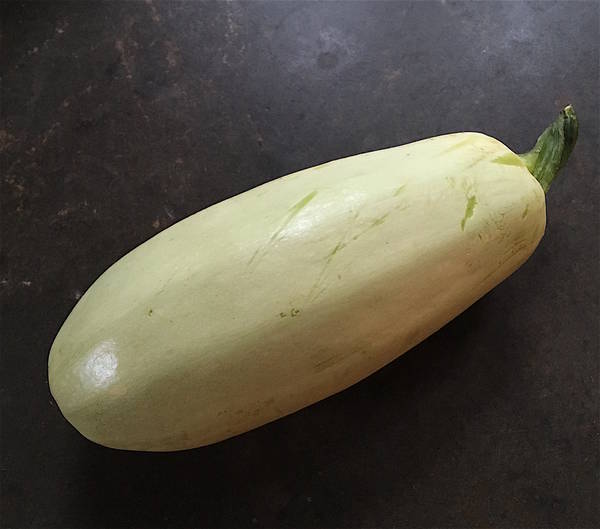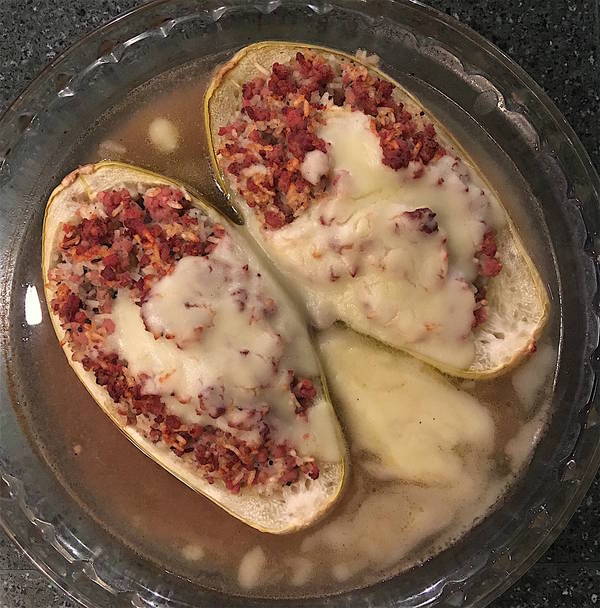In some ways Ágnes Zilahy (1848–1908) is the Mrs Beeton of Hungarian cookery. Her publications of recipes, along with tips on household management, made her a household name in her own lifetime and her Valódi Magyar Szakácskönyv (Real Hungarian Cookery), a book of explicitly Hungarian dishes (i.e. not derived from other cuisines), went into a second edition within seven months of its release in 1891.
The daughter of a well-to-do lawyer, Zilahy was suddenly flung on her own resources with her father and all eight siblings died, leaving her alone in the world at the age of 18. Her first husband squandered her fortune; her second marriage was also unhappy and ended in divorce. She eked out a living as a glove-maker until persuaded by Count Sándor Teleky, a hero of the Hungarian Uprising against the Habsburgs of 1848–9, to compile her recipes into a book. This she did and never looked back. We decided to test one of those recipes out.
It’s late April and the markets are beginning to fill up with fresh produce. We chose Zilahy’s recipe for stuffed marrow. She in fact titles the recipe Töltött ugorka, “stuffed cucumber”. But we couldn’t really imagine stuffing cucumbers. Marrow it had to be. Her instructions begin as follows: You need a green “ugorka” as long as a span, well-grown and thick but still young and tender.

So far so good. Next step:
Remove its skin and cut it in half lengthways. Allow one “ugorka” per person. Remove the seeds from the centre.
That part was easy. Now for the stuffing. Zilahy recommends leftover roast pork or beef, which should be finely minced, seasoned with salt and a teaspoon of crushed pepper and mixed with 120g of “rizskása”. Here comes the perennial problem with modern cookery: we don’t make enough use of leftovers, or, when we come to pick something from a recipe book, we don’t have any leftovers to work with and have to start from scratch.
Why is this a problem? Not only because of waste, but because of flavour. Leftover roast pork, whose flavours have had time to develop and coalesce, would be much tastier than the fresh minced pork we had bought from the butcher that same morning. To make the meat more savoury, we sautéed it in oil with diced onion, salt and pepper, some dried sage and crushed caraway seed.
Now for the “rizskása”. This “rice gruel” is difficult to translate. It is essentially a dish of boiled rice flavoured in some way. Zilahy’s cookbook has two separate recipes: for rizskása with onion and rizskása with mushrooms. We chose the former as we had no mushrooms. All it involves is boiling up rice in salted water and mixing with glazed chopped onions and parsley. One thing to note: here, as for most Hungarian cooking, it is best to use medium-grain rice. Long-grain rice is not glutinous enough and the ingredients won’t combine and adhere properly.
Back to Zilahy’s recipe:
Mix the meat and rice well together, then fill the hollowed out marrow halves with this stuffing. Place the stuffed marrows together in a large casserole, with the stuffed side facing upwards. Then fill the casserole with warm salted water and immediately add to the liquid six spoonfuls of strong vinegar, otherwise the marrows will fall apart when cooking.
We did all this, the only difference being that instead of warm salted water we used warm chicken stock, again afraid that our this-morning’s meat would not be flavourful enough and needed some external help.
When the marrows are cooked, add a lightly browned roux made from an egg-sized amount of fat and a large wooden spoonful of flour. When the roux is hot and beginning to brown, add a cup of cold water to it, to stop it from going lumpy. Quickly pour this over the marrow and cook together for a few minutes.
Zilahy gives no indication of how hot the oven should be (or indeed if the marrows should be cooked in the oven or on the hob), nor how long the cooking will take, nor whether the casserole should be covered or not. We chose to bake them uncovered and—because we hadn’t followed her advice of removing the skins—the process took an hour at 200ºC. But ours is a very old oven. In a more efficient fan oven, it should take less. Not covering the pan meant that the meat stuffing went pleasantly crunchy on top.

Zilahy recommends serving this dish with sour cream (tejföl) and beef topside (sült felsál). We didn’t think we needed yet more meat with it. But the sour cream was wonderful.






